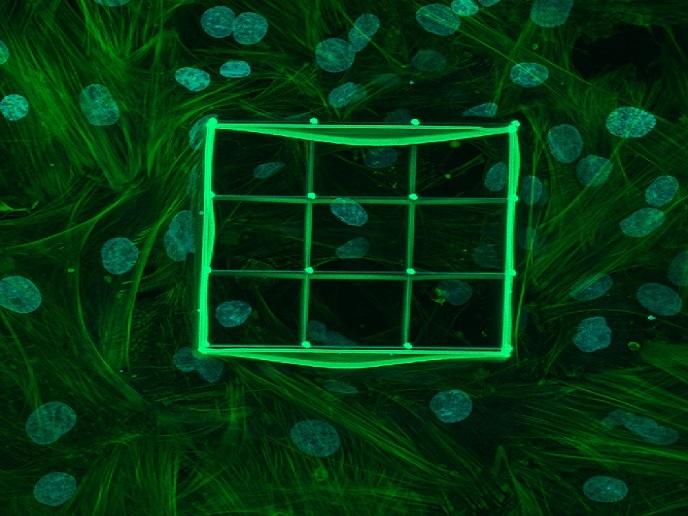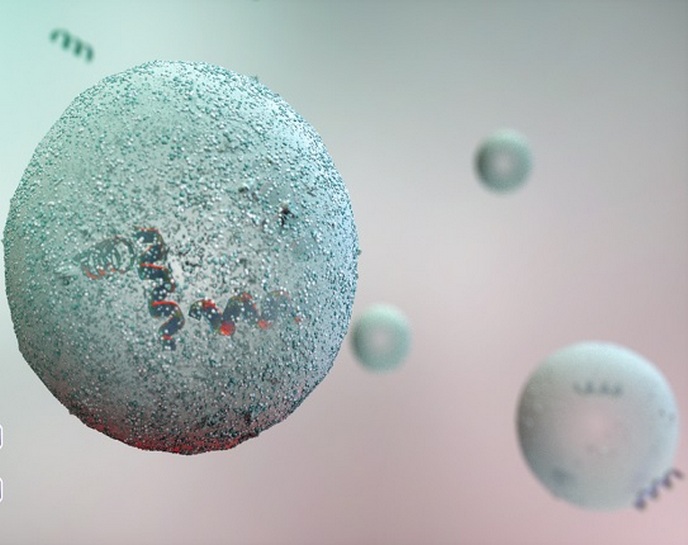The magnetic guiding of tissue reconstruction
Tissue regenerative medicine offers new possibilities for the functional and structural restoration of damaged tissue. One of the approaches involves seeding cells into a 3D scaffold, to which the cells can attach and grow. The addition of growth factors (GFs) enhances the proliferation and differentiation of the cells in the scaffold. MagSs provide unique properties not available with other methods and materials. They also offer the possibility of controlled release or redosing of GFs, of mechanical stimulation of the seeded cells, and of assembling a scaffold in the desired configuration. The EU provided funding for the 'Magnetic scaffolds for in vivo tissue engineering' (MAGISTER) 4 year project. The project successfully developed innovative practical MagS applications for tissue engineering and regeneration. Researchers developed and fabricated a number of biocompatible magnetic materials for scaffolds. Hydroxyapatite, gelatine, coral polymers were impregnated with magnetic nanoparticles (MNPs) either produced by the project consortium or already commercially available. Utilisation of a humic acid–magnetite combination produced novel fully bioresorbable and biocompatible materials. New MNP bio-agents aggregates (BIOAGs) for the controlled delivery of both vascular endothelial growth factor (VEGF) and stem cells were also developed. The technology combined MNP manufacturing with an innovative surface functionalisation method based on novel biocompetent hyperbranched peptides (dendrons). The dendrons were designed to functionalise the surface of MNPs and to control the exposure of functional groups capable of binding VEGFs. This approach improved angiogenesis through increased magnetisation of stem and endothelial cells. In an in vitro model, researchers demonstrated a distinct side-by-side magnetically guided colonisation of a scaffold fibre by two different types of cells. In vivo results also showed that magnetic guiding of bio-agents inside the MagS leads to excellent tissue reconstruction with clear vascularisation effects. Project results were presented in 14 publications. The work of MAGISTER means that a MagS can be used as a fixture that offers long-living assistance to tissue engineering. This provides the unique possibility of adjusting the scaffold activity to the personal needs of a patient.







